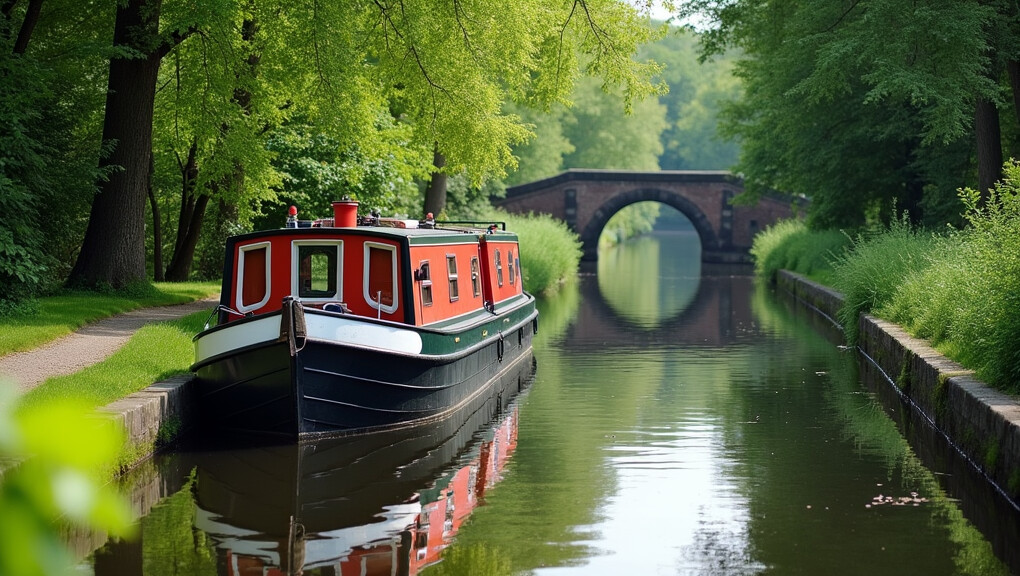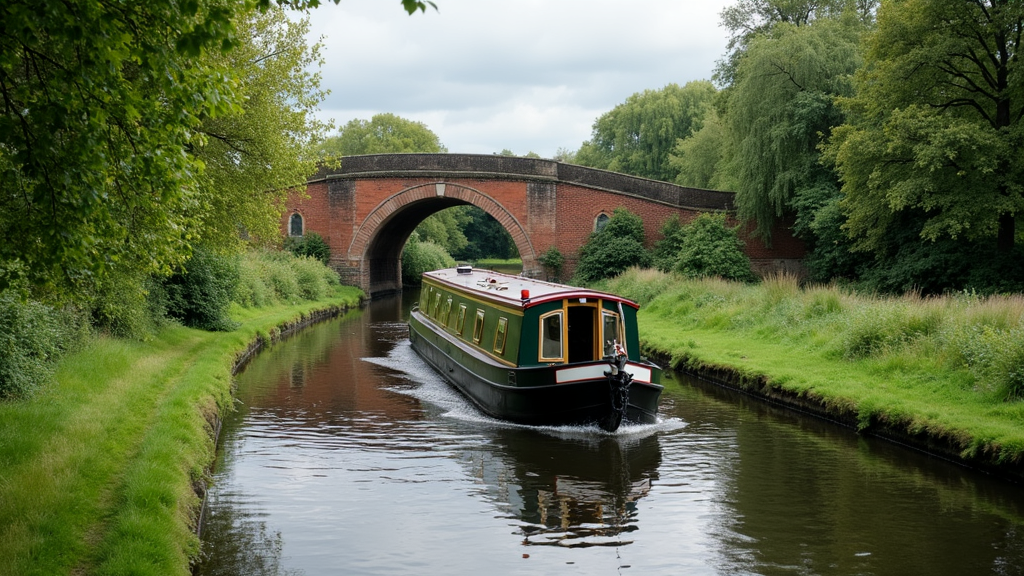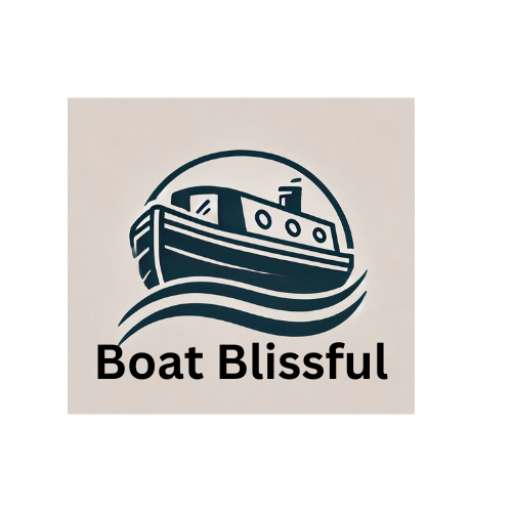
Narrowboats were the silent powerhouses of Britain’s Industrial Revolution, transforming the way goods moved and communities formed. While steam engines and railways steal most of the spotlight, narrowboats and the UK canal network quietly built the foundation for industrial transport and trade. Steered by hardworking families, these boats helped fuel a new era of progress and left behind a cultural legacy that still floats through Britain’s waterways today.
UK Canal Network: The Backbone of Industrial Boat Transport
Before trains and paved roads, Britain needed a better way to move coal, pottery, timber, and supplies. Enter the industrial canal system—a vast network of artificial waterways that connected factories, ports, and cities. The key to making it all work? The narrowboat, custom-built to navigate the system’s tight locks and narrow passages.
These long, slim boats—just 7 feet wide—could carry up to 50 times what a horse-drawn cart could manage. Starting in the mid-1700s, thousands of miles of navigable canals emerged, creating a network of canal boat transportation that reshaped the economy. By the early 1800s, over 4,000 miles of canal snaked through every major industrial hub in England.
Industrial Narrowboats: Transforming Work and Daily Life
Narrowboats in the Industrial Revolution were more than just cargo carriers—they were lifelines. They enabled coal from the Midlands to reach steel plants, pottery from Staffordshire to arrive intact in London, and grain to supply the fast-growing urban population.
Key Narrowboat Cargoes
- Coal Transport: Essential for fuelling steam engines and heating homes.
- Pottery and Ceramics: Fragile goods needed the smooth ride canals could provide.
- Iron and Steel: Heavy and unwieldy, easily transported by water.
- Food Supplies: Delivered grain, flour, and produce to cities with clockwork reliability.
These canal boats didn’t just carry goods—they carried families. Life aboard involved constant movement, long hours, and tight quarters, but also a sense of freedom and pride. The UK canal boat lifestyle was tough, but it built strong bonds and tight-knit communities.
Working on a Narrowboat: Jobs, Life, and Canal Challenges
Working a narrowboat wasn’t for the faint of heart. It was a full-time, physically demanding job that required strength, skill, and adaptability.
Typical Jobs on a Working Narrowboat:
- Loading and Unloading: Every shipment needed to be balanced and secured.
- Horse Towing: Before engines, canal horses were essential work partners.
- Navigating Locks and Bridges: A daily challenge that demanded patience and expertise.
- Weathering the Elements: Rain, snow, or ice—cargo still had to get through.
Living on a narrowboat in the UK meant combining home and work into one compact floating space. Children helped steer, tend horses, and even received schooling on board. Many of these traditions are still celebrated at today’s canal festivals.
Narrowboat Work Life: Physical Demands and Industrial Shifts
As the railway revolution gained steam, narrow boaters faced increased pressure. The shift in technology brought new competition and required many families to adapt.
Challenges Narrow boaters Faced:
- Exhaustion: Long days, heavy cargo, and cold winters took their toll.
- Changing Technology: By the mid-1800s, steam-powered flyboats began replacing horse-drawn craft.
- Railway Competition: Faster and more flexible, trains took over many transport roles—but narrowboats held onfor bulky or fragile goods.
Still, many narrow boaters remained resilient, finding niches in specialist hauling or operating independently well into the 20th century.
Classic Narrowboat Features: Design, Power, and Decoration
Narrowboats weren’t just practical—they were beautiful. Their distinctive features make them instantly recognisable even today.
Defining Features of a Classic Narrowboat:
- Hull: Up to 70 feet long, always under 7 feet wide to fit UK canal locks.
- Engine Power: Early boats were horse-drawn; later models used steam engines and eventually reliable diesel.
- Cabins: Decorated with traditional “roses and castles” art, often lovingly maintained.
- Steering: Operated with a large tiller at the stern, requiring strength and finesse.
This artistry lives on in modern boats. The vivid folk art, especially, has become a cultural symbol of the UK canal boat lifestyle.
Modern Narrowboats: UK Holidays, Living, and Heritage Cruises
Though their industrial role has faded, narrowboats have found new life as heritage icons and floating homes.
Today’s Uses for Narrowboats:
- Narrowboat Holidays in the UK: Popular vacation experiences on restored waterways.
- Living on a Narrowboat: Thousands now enjoy life on the water, with modern comforts and old-world charm.
- Heritage Preservation: Local groups restore boats, educate the public, and keep canal traditions alive.
There’s also a creative boom in repurposed canal boats—from floating cafés to art studios and remote workspaces. These efforts keep canal culture current while honoring its rich past.
FAQs About Narrowboats and Industrial Canals
Why were narrowboats only about 7 feet wide?
To fit the original lock designs of Britain’s canals. This standard defined the entire narrowboat design still used today.
How fast could narrowboats go?
Around 3–4 mph when horse-drawn. Later engines didn’t go much faster—speed wasn’t the goal, safety and cargo integrity were.
Are original narrowboats still in use today?
Yes—many are restored for festivals or converted into leisure boats and floating homes.
What’s the difference between canal boats and railway freight?
Narrowboats handled fragile or bulky goods more safely, while trains were faster. As railways expanded, narrowboats focused on specialized cargo.
Narrowboats: Quiet Powerhouses of an Era
The story of narrowboats in the Industrial Revolution is one of strength, adaptability, and deep cultural roots. They helped shape a nation, not through speed, but through persistence and purpose. Whether you’re taking a narrowboat holiday in the UK, strolling a towpath, or watching one glide by, you’re witnessing a floating link to Britain’s industrial and communal past.

